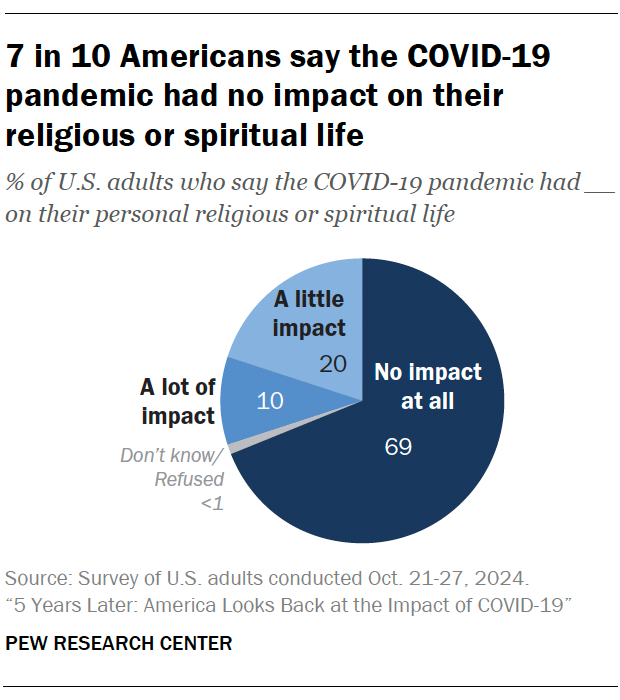Last year, European consumers and businesses lost €30 billion to hidden fees when sending and spending money internationally. And it is only getting worse, in 2019 it was €22 billion. But there is an easy way to crack down on these hidden charges: taking the opportunity to maintain strong transparency rules through the Payment Services Regulation, currently going through the EU legislative process.
Hidden fees are what happens when you leave the market to do what it wants, with vague and unenforced rules. We hear the words “outcome-based regulation” thrown around a lot, but when the outcome isn’t in the interests of EU citizens — it’s time to intervene. Now is the time. Today, providers hide fees in inflated exchange rates — it’s usually a good few percentage points worse than you’d see on Google (what we’d call the mid-market rate[1]). But your provider won’t tell you that you’re paying those extra fees. And that’s why there’s a complete lack of awareness of these hidden charges, which means people can’t make an informed choice. There is an asymmetry of information, behind which hides a market abuse position that only regulation can remedy.
Hidden fees are what happens when you leave the market to do what it wants, with vague and unenforced rules.
Over the past year, Wise has been checking on the practices of major banks across eight EU markets and found that out of 33 banks, 29 banks (88 percent) were not transparent with their customers, hiding fees in inflated exchange rates. The hidden markups ranged from 0.9 percent to 4.5 percent depending on the country and the bank. For example, a provider can say transferring €1,000 to Sweden costs €5, but they fail to disclose that there’s a 3 percent mark-up over the mid-market exchange rate, which means the cost is actually closer to €35 than to €5.
These murky practices have a crystal- clear solution: transparency. It’s an absolute no-brainer that consumers and businesses should be able to compare the market, shop around and encourage competition — which should result in lower prices for everyone.
So how is this still an issue in 2024? It’s in large part because misconceptions persist around the importance of international payments.
Firstly, hidden fees are sometimes passed off as a niche problem. That’s wrong. Europeans are incredibly international. Of the EU’s population, 9 percent [2] — roughly 40 million people — live in a different country to the one in which they were born. Those people send a lot of money back home: in 2022, remittances sent from EU countries added up to € 146 billion[3]. And it’s not just people, businesses feel the brunt too. Roughly half of Europe’s SMEs export goods and services outside of the Eurozone, which makes them particularly vulnerable to hidden fees[4]. In the past year alone, European people and businesses paid €45 billion for the privilege of sending money overseas. But two-thirds of these fees left their wallets without them knowing.
Secondly, the idea that this issue only concerns non-Euro countries is wide of the mark. It’s true that countries outside the eurozone are hit the hardest, losing €21 billion last year, but a staggering €9 billion vanished within the eurozone (with €1.9 billion for Germany, €1.2 billion for France and €866 million for Belgium). Imagine what you, the consumers, could have done with that money, or what businesses could have used those funds for — hiring, developing new products or saving for a rainy day.
In the past year alone, European people and businesses paid €45 billion for the privilege of sending money overseas. But two-thirds of these fees left their wallets without them knowing.
Thirdly, hidden fees don’t just hurt financially, they have an outsized societal impact, too. Remittances are a financial lifeline and often spike in times of conflict, natural disaster or financial hardship in the receiving country. The World Economic Forum highlighted in February 2023 that “almost 8 million Ukrainians have fled to the European Union since Russia attacked their homeland in February 2022, and the money they’ve sent home has boosted total remittances to countries in Europe and Central Asia by 10.3 percent ”[5]. It came as no surprise that the United Nations recognized the importance of these transfers and made lowering their cost to 3 percent or below a global priority. It’s not just the U.N. — G20 governments have also committed to lowering cross-border payment costs by introducing more transparency. But we’re not on track to meet these targets and the lack of transparency keeps costs artificially high. We need to do better.
Lastly, there is the impression that the Cross Border Payment Regulation 2 already fixed this transparency issue. But the wording is just vague enough, allowing for different interpretations and for hidden fees to proliferate. Yes, providers now communicate their upfront fixed fee but they still hide additional fees in an inflated exchange rate. And through the ‘corporate opt out’, banks and financial providers are also allowed to bypass some of the existing transparency rules when servicing SMEs.
The Payment Services Regulation, currently being negotiated, is our chance to eliminate any wiggle room and end hidden fees for good. The Council should follow the lead of the European Commission and Parliament, and require payment services providers to transparently disclose their exchange rate markups upfront, calculated over a uniform benchmark rate. Ideally, customers would see this markup as a fee in monetary amount, with their provider using a live mid-market exchange rate as the benchmark for calculating that markup.
The Payment Services Regulation, currently being negotiated, is our chance to eliminate any wiggle room and end hidden fees for good.
The Belgian Presidency can help get us there. After all, making financial services fairer should be an absolute no-brainer.




